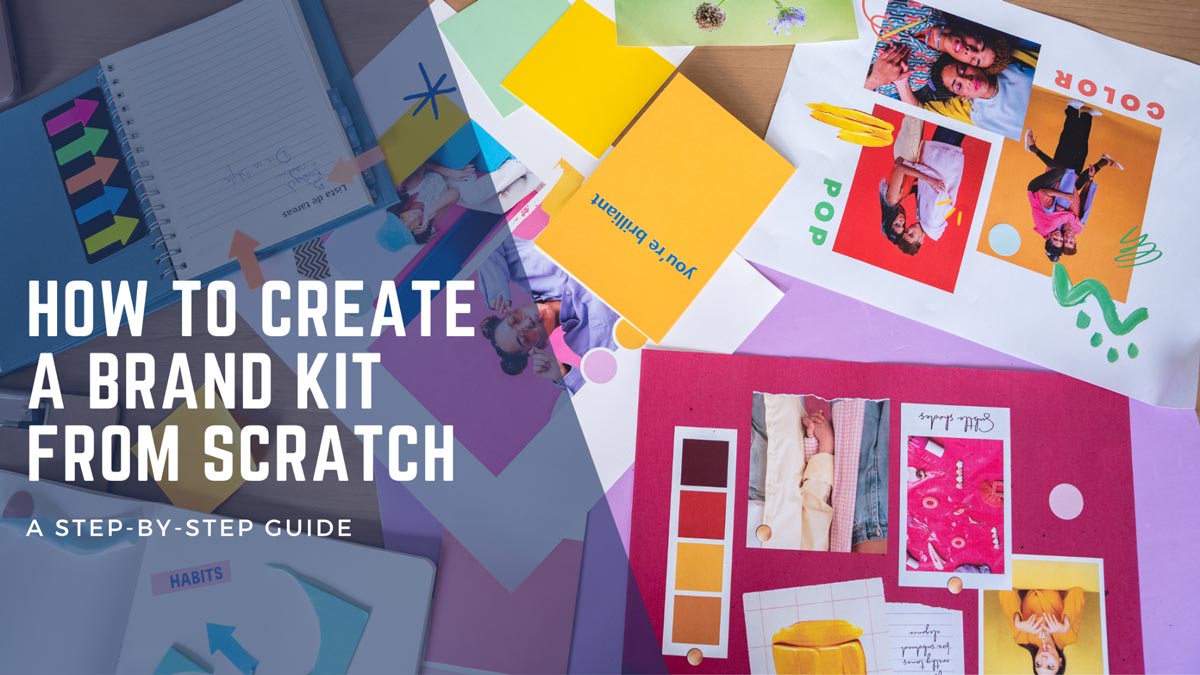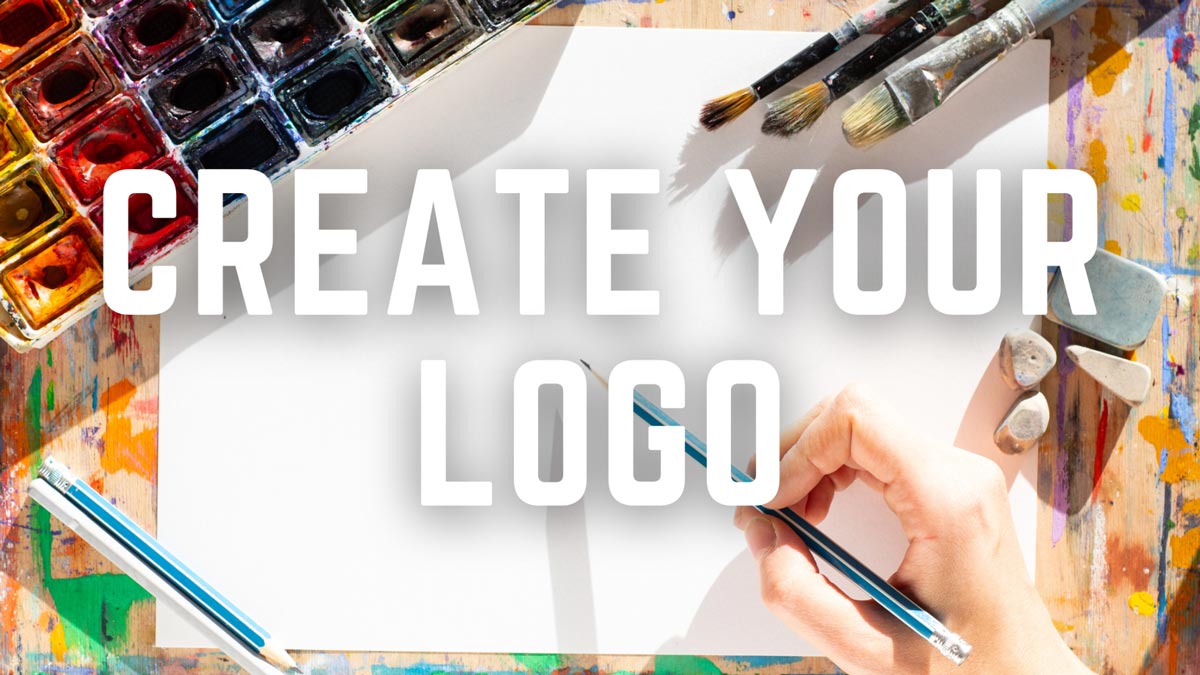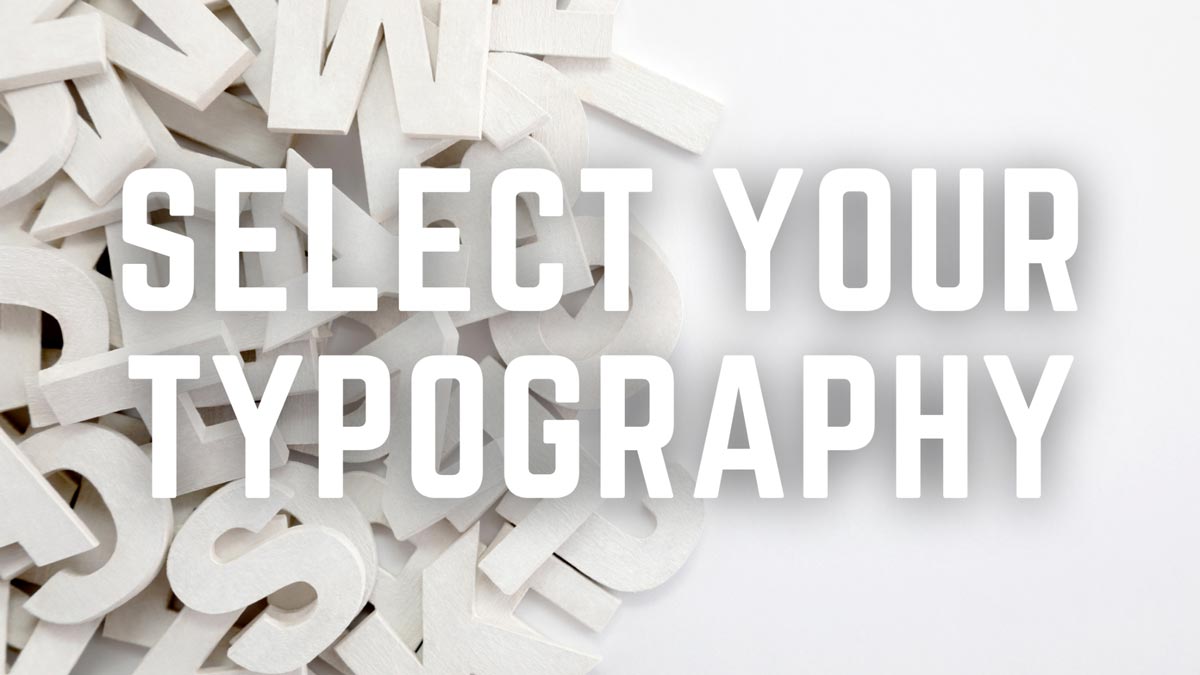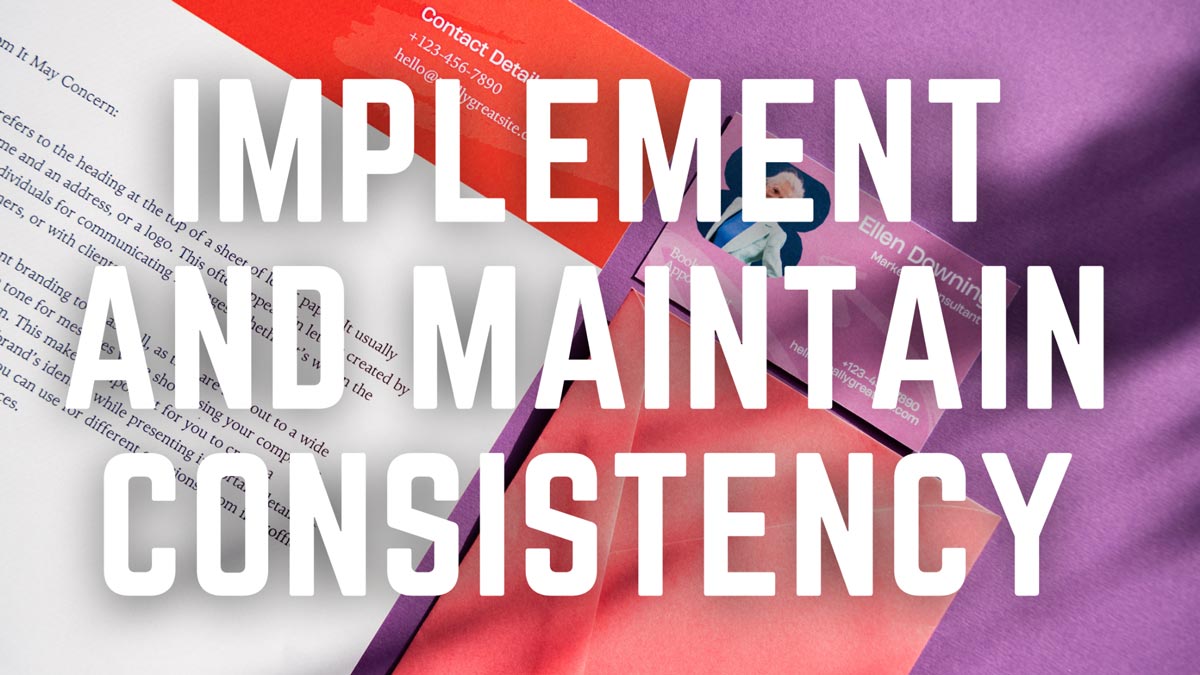How to Create a Brand Kit from Scratch: A Step-by-Step Guide
Creating a strong brand identity is essential for any business looking to stand out in today’s competitive market. A well-crafted brand kit ensures consistency across all marketing channels, helping you build trust and recognition with your audience. Whether you’re just starting out or looking to refresh your brand, this guide will walk you through the process of creating a brand kit from scratch.
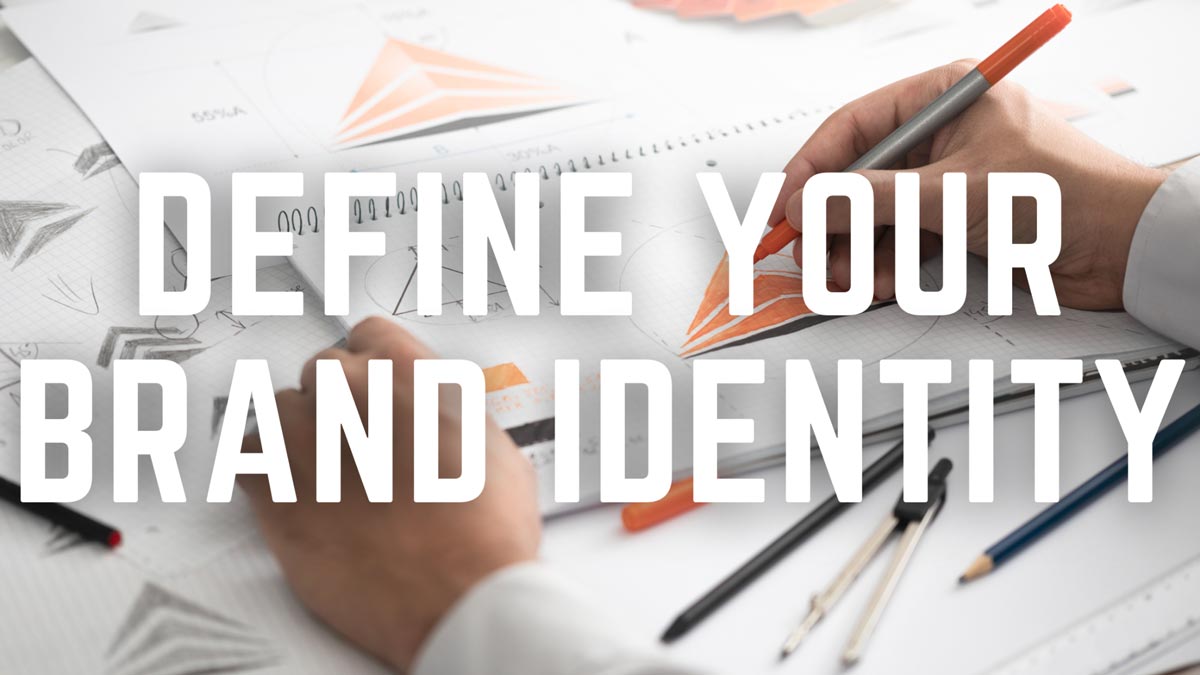
Step 1: Define Your Brand Identity
Before diving into the visual elements, it’s crucial to have a clear understanding of your brand identity. This includes:
- Brand Mission and Values: What is the purpose of your brand? What values guide your business?
- Target Audience: Who are your customers? What are their needs, preferences, and pain points?
- Brand Personality: How do you want your brand to be perceived? Are you playful and fun, or serious and professional?
Having a well-defined brand identity will guide all the design choices you’ll make when creating your brand kit.
Step 2: Create Your Logo
Your logo is the centerpiece of your brand kit. It’s the most recognizable element of your brand and will appear on all your marketing materials. When designing your logo, keep the following in mind:
- Simplicity: A simple, clean design is more memorable and versatile.
- Scalability: Ensure your logo looks good at any size, whether it’s on a business card or a billboard.
- Relevance: Your logo should reflect your brand’s identity and resonate with your target audience.
If you’re not a designer, consider using an AI program such as design.com to get started.
Step 3: Choose Your Color Palette
Colors play a significant role in conveying your brand’s personality and evoking emotions. Your color palette should consist of:
- Primary Colors: These are the main colors associated with your brand. Typically, you’ll have one or two primary colors.
- Secondary Colors: These are complementary colors that can be used to add variety while maintaining brand consistency.
- Neutral Colors: These include shades like white, black, and gray, which are used for backgrounds, text, and other elements that shouldn’t draw too much attention.
When choosing colors, consider color psychology and how different colors influence perceptions of your brand. For inspiration and assistance creating a full color palette, check out Coolors.
Step 4: Select Your Typography
Typography is another critical element of your brand kit. The fonts you choose should align with your brand’s personality and be legible across different mediums. Typically, your typography will include:
- Primary Font: This is the main font used for headings, logos, and other prominent text.
- Secondary Font: A complementary font used for body text and less prominent elements.
- Accent Font: An optional font used sparingly for special occasions, such as quotes or call-to-action buttons.
Make sure your chosen fonts are web-safe and available for use across all your platforms. Check out Canva’s Guide for aesthetically pleasing font combinations.
Step 5: Develop Your Imagery Style
Your imagery style includes photos, illustrations, icons, and any other visual elements that will appear in your marketing materials. Consistency in imagery helps reinforce your brand’s identity. Consider:
- Photography Style: Do you prefer clean, minimalist photos, or are you drawn to bold, vibrant images?
- Illustrations and Icons: Are your illustrations hand-drawn or more modern and geometric? Icons should align with your overall design aesthetic.
- Filters and Effects: If you use filters or effects on your images, make sure they are applied consistently to maintain a cohesive look.
Step 6: Implement and Maintain Consistency
With your brand kit and guidelines in hand, it’s time to implement them across all your marketing channels. Consistency is key to building brand recognition, so make sure that every piece of content, whether digital or print, adheres to your brand guidelines.
Regularly review and update your brand kit to ensure it evolves with your business. As your brand grows, you may find the need to refine certain elements or expand your brand kit with new assets.
Conclusion
Creating a brand kit from scratch may seem daunting, but it’s an essential step in building a strong, recognizable brand. By following these steps, you can develop a cohesive visual identity that resonates with your audience and sets your business apart from the competition.
At Clear Vision Media, we understand the importance of a well-crafted brand kit. Our team of experts can help you create a custom brand kit tailored to your business, making it easier for you to maintain a consistent and professional brand image. Contact us today to learn how we can help you take your brand to the next level.

